The Last Man on the Moon: Astronaut Eugene Cernan and America's Race in SpaceEugene Cernan, Donald A. Davis Eugene Cernan is a unique American who came of age as an astronaut during the most exciting and dangerous decade of spaceflight. His career spanned the entire Gemini and Apollo programs, from being the first person to spacewalk all the way around our world to the moment when he left man's last footprint on the Moon as commander of Apollo 17.
Between those two historic events lay more adventures than an ordinary person could imagine as Cernan repeatedly put his life, his family and everything he held dear on the altar of an obsessive desire. Written with New York Times bestselling author Don Davis, this is the astronaut story never before told - about the fear, love and sacrifice demanded of the few men who dared to reach beyond the heavens for the biggest prize of all - the Moon. The Pre-Astronauts: Manned Ballooning on the Threshold of SpaceCraig Ryan In the 1950s and early 1960s a small fraternity of daring, brilliant men made the first exploratory trips into the upper stratosphere, reaching the edge of outer space in tiny capsules suspended beneath plastic balloons. This book tells the story of these tenacious men as they labored on the cusp of a new age, seeing things that no one had ever seen and experiencing conditions no one was sure they could survive.
Mostly U.S. Air Force and Navy officers, among them doctors, physicists, meteorologists, engineers, astronomers, and test pilots, they struggled with meager budgets, bureaucratic politics, and one another. It is a thrilling story of tremendous personal sacrifice and great risk for the promise of adventure and the opportunity to uncover a few precious aspects of the universe. Capt. Joseph Kittinger, for example, rode a balloon up to 103,000 feet in an open gondola and then stepped out and freefell to Earth, becoming the only person to break the sound barrier without a vehicle. Lt. Col. David Simons stayed aloft for a full day and night in a primitive pressurized capsule to become one of the first to see the curvature of the planet. In this work, Craig Ryan masterfully captures the drama of their spectacular achievements and those of many of the other space pioneers who made America's stratospheric balloon programs possible. Starman: Truth Behind the Legend of Yuri GagarinPiers Bizony, Jamie Doran On April 12 1961, Yuri Gagarin became the first human in history to leave the Earth's atmosphere and venture into space. An icon of the 20th century, he also became a danger to himself, a threat to the Soviet state and, at the age of 34, he was killed in a plane accident. Based on KGB files, restricted documents from Russian space authorities, and interviews with his friends and colleagues, this biography of the Russian cosmonaut reveals a man in turmoil: torn apart by powerful political and emotional pressures; his private life in ruins; fighting a losing battle against alcoholism; and rebelling against the cruelties of a corrupt totalitarian regime. The authors also suggest that Gagarin's death was no accident but a deliberate "political elimination". Failure Is Not an Option: Mission Control from Mercury to Apollo 13 and BeyondGene Kranz Gene Kranz was present at the creation of America's manned space program and was a key player in it for three decades. As a flight director in NASA's Mission Control, Kranz witnessed firsthand the making of history. He participated in the space program from the early days of the Mercury program to the last Apollo mission, and beyond. He endured the disastrous first years when rockets blew up and the United States seemed to fall further behind the Soviet Union in the space race. He helped to launch Alan Shepard and John Glenn, then assumed the flight director's role in the Gemini program, which he guided to fruition. With his teammates, he accepted the challenge to carry out President John F. Kennedy's commitment to land a man on the Moon before the end of the 1960s.
Kranz was flight director for both Apollo 11, the mission in which Neil Armstrong fulfilled President Kennedy's pledge, and Apollo 13. He headed the Tiger Team that had to figure out how to bring the three Apollo 13 astronauts safely back to Earth. (In the film Apollo 13, Kranz was played by the actor Ed Harris, who earned an Academy Award nomination for his performance.)
In Failure Is Not an Option, Gene Kranz recounts these thrilling historic events and offers new information about the famous flights. What appeared as nearly flawless missions to the Moon were, in fact, a series of hair-raising near misses. When the space technology failed, as it sometimes did, the controllers' only recourse was to rely on their skills and those of their teammates. Kranz takes us inside Mission Control and introduces us to some of the whiz kids — still in their twenties, only a few years out of college — who had to figure it all out as they went along, creating a great and daring enterprise. He reveals behind-the-scenes details to demonstrate the leadership, discipline, trust, and teamwork that made the space program a success.
Finally, Kranz reflects on what has happened to the space program and offers his own bold suggestions about what we ought to be doing in space now.
This is a fascinating firsthand account written by a veteran mission controller of one of America's greatest achievements. Flight: My Life in Mission ControlChristopher Kraft The Right Stuff meets Rocket Boys in this gripping memoir by the man who helped create some of the greatest moments in U.S. space history.
NASA flight director Chris Kraft takes readers behind the scenes of the U.S. space program to deliver an unforgettable account of his life in Mission Control. One of our early space pioneers, Kraft emerged from a boyhood in small-town America to become a visionary whose energy and commitment would lead to the creation of our nation's most daring space programs. It's all here, from the legendary Mercury missions that first sent Americans into space through the Gemini and Apollo missions that landed them on the moon. The great heroes of space are here, too-Alan Shepard, John Glenn, Neil Armstrong, Jim Lovell, and Buzz Aldrin-leading the space race that would change the course of U.S history.
From its infancy to its glory days, from near-disasters to astonishing triumphs . . . from the stunning gambles to the pure luck that accompanied each mission, Flight relives the spellbinding moments and events that captured the imagination of the world. It is a stirring tribute to the U.S. space program and to the men who risked their lives to take America on a flight into the unknown-from the man who was there for it all. John Glenn: A MemoirJohn Glenn, Nick Taylor He was the first American astronaut to orbit the Earth. Nearly four decades later, as the world's oldest astronaut, his courage riveted a nation. But these two historic events only bracket a life that covers the sweep of an extraordinary century. In this engrossing book, John Glenn tells the story of his unique life—one lived at the center of a momentous time in history by a man who helped shape that history.
He is the kind of hero who resists being called a hero. And yet his exploits in the service of his country, his dedication to family and friends, and his rock-ribbed traditional values have made this small-town boy from the Midwest a true American icon.
John Glenn's autobiography spans the seminal events of the twentieth century. It is a story that begins with his childhood in New Concord, Ohio, in the aftermath of World War I. It was there that he learned the importance of family, community, and patriotism. Glenn saw firsthand the ravages of the Depression and learned that determination, hard work, and teamwork could overcome any adversity. These were the values he carried with him as a Marine fighter pilot during World War II and into the skies over Korea, for which he would be decorated for his courage, dedication, and sacrifice. Glenn flew missions with men he would never forget, from baseball great Ted Williams to little-known heroes who would never return to their families. Always a gifted flier, it was during the war that he contemplated the unlimited possibilities of aviation and its next frontiers: speed and space.
John Glenn takes us into the cockpits of the experimental planes and spacecraft he flew to experience the pulse-pounding excitement of the early days of jet aviation, including his record-setting transcontinental flight in an F8U Crusader in 1957, and then on to his selection for the Project Mercury program in 1959. We see the early days of NASA, where he first served as a backup pilot for astronauts Alan Shepard and Gus Grissom and helped refine some of the initial cockpit and control designs for the Apollo program. In 1962 Glenn piloted the Mercury-Atlas 6 Friendship 7 spacecraft on the first manned orbital mission of the United States. Then came several years in international business, followed by a twenty-four-year career as a U.S. senator—and in 1998 a return to space for his remarkable Discovery mission at the age of seventy-seven.
This extraordinary book captures the unique alchemy that brings a man to the forefront of his time. Married to a woman he first met when they were both toddlers, known for his integrity, common sense, and leadership in the Senate, John Glenn tells a story that we must hear. For this narrative of steadfastness, devotion, courage, and honor is both a great adventure tale and a source of powerful inspiration for an age that needs John Glenn's values more than ever before. | Kosmos: A Portrait of the Russian Space AgeAdam Bartos The Space Race was an exhilirating moment in history, alternately frighten-ing, thrilling, awe-inspiring, and ultimately, sublime. Its most enigmatic element was the competition. The Soviets seemed less technologically sophisticated (at least from the American perspective) but in fact won many of the races: first satellite to orbit the earth; first man in space; first unmanned landings on Mars, Venus, and the Moon; first woman in space; most powerful rockets; and, until its recent fiery death, the most long-lived space station to name but a few. The inherent contradictions of the age—the mixture of technologies high and low, of nostalgia and progress, of pathos and promise—are revealed in Kosmos, Adam Bartos's astonishing photographic survey of the Soviet space program. Bartos' fascination with this subject led him to seek out places like the bedroom where Yuri Gagarian slept the night before his history-making flight into space, located in the Baiknour Cosmodrome, the one-time top-secret space complex in the Kazakh desert. Bartos also takes us inside the cockpit of the Merkur space capsule, used to ferry crew members and supplies to the super-secret Almaz orbital space stations, and behind the changing screens cosmonauts used before being fitted for their space suits at Zvezda, the chief manufacturer of Soviet life-support systems. In total, Kosmos presents over 100 of Bartos's photographs, rich with the incongruities of the history, science, culture, and politics of the Space Age. Professor Svetlana Boym's insightful introduction to the technological and cultural aspects of Soviet space exploration provides a fitting context for the photographs. For anyone interested in the space age, Kosmos is an essential and fascinating portrait. Journey to the MoonEldon C Hall, E Hall The first of its kind, Journey to the Moon details the history and design of the computer that enabled U.S. astronauts to land on the moon. The book recalls the history of computer technology, both hardware and software, and the applications of digital computing to missile guidance systems and manned spacecraft. The book also offers graphics and photos drawn from the Draper Laboratories' archives that illustrate the technology and related events during the Apollo project. Written for experts as well as lay persons, Journey to the Moon is the first book of its kind and a must for anyone interested in the history of science and the relevance of computer technology to space exploration. Rocket And Space Corporation Energia: Apogee Books Space Series 17Robert Godwin A small metal sphere weighing slightly more than 83 kilograms was placed into an elliptical orbit by the mighty R-7 rocket. It was perhaps one of the most significant moments in human history. The date was October 4th 1957 and the sphere was called Sputnik.
When the world's first artificial satellite sped across the night skies the impact was far-reaching and profound. Not only was this clearly one of the great scientific achievements of the modern age but it was also a catalyst which would propel the United States out of its post-War lethargy. The Political significance of the lift-capability of the R-7 rocket aroused the attentions of the West while irrevocably altering the face of human history. The Space Age had begun. The story of the R-7 rocket and its many offspring is one which still remains a mystery in the West. Now in the post-Cold war era the remarkable accomplishments of the engineers of Rocket & Space Corporation Energia are finally reaching eager readers in the West.
The pages within contain a pictorial record encompassing the entire history of the Russian space programme, from its inception at the end of World War II to the present day.
The sheer wealth of original and durable technology is a testament to the ingenuity of a remarkable people and gives a unique glimpse a the future of the historic partnership between East and West.
Published for the first time completely in English, Rocket & Space Corporation Energia features rare pictures and diagrams including:
Sputnik - Yuri Gagarin's Vostok capsule - the world's first Space Stations - the enormous lunar rocket N1 - Russia's interplanetary probes and the Buran shuttle. |
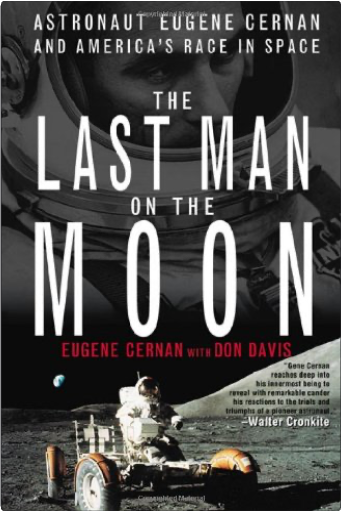
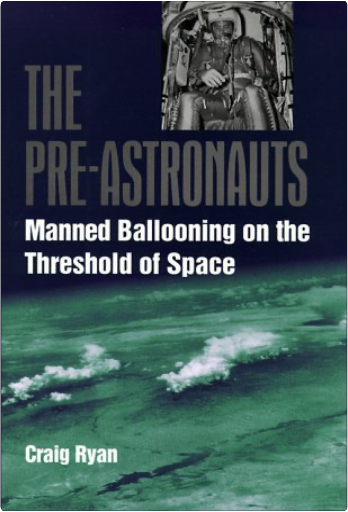
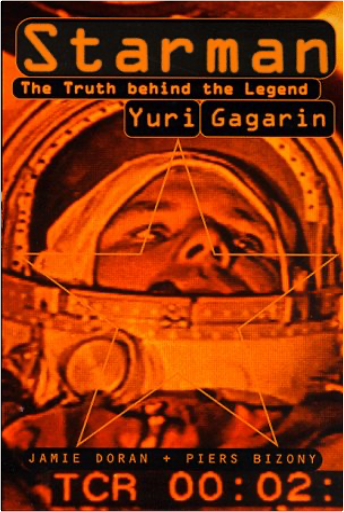
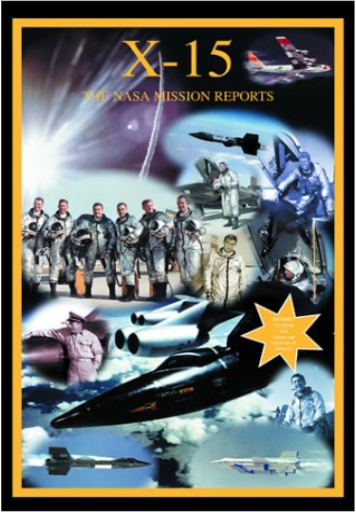
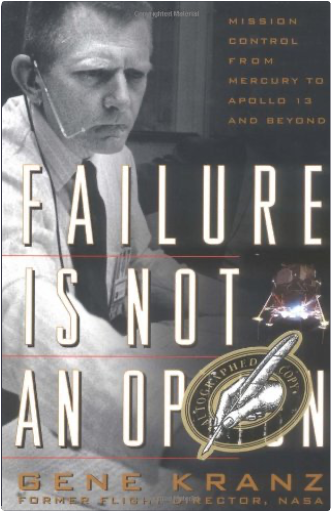
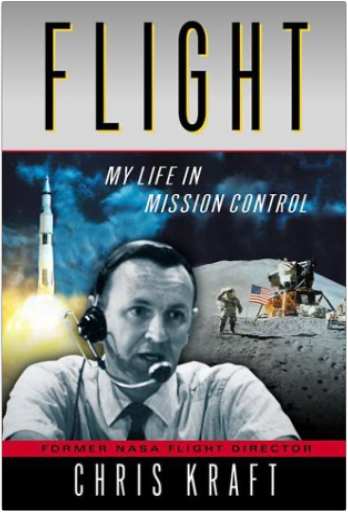
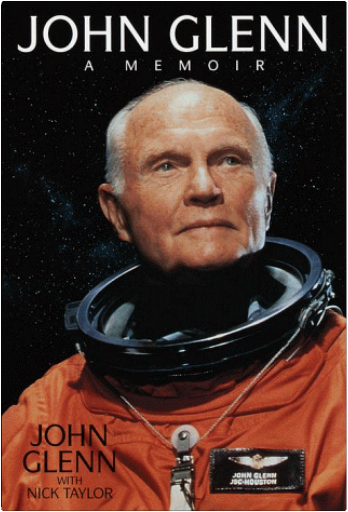
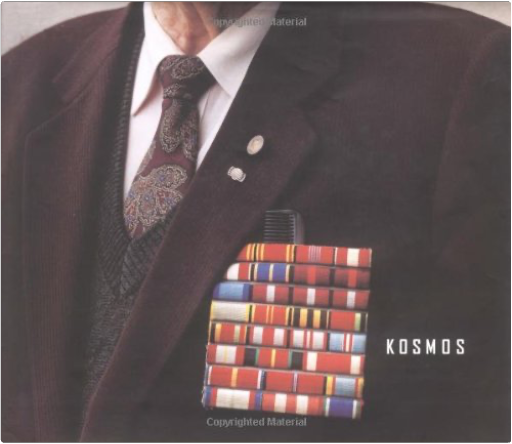
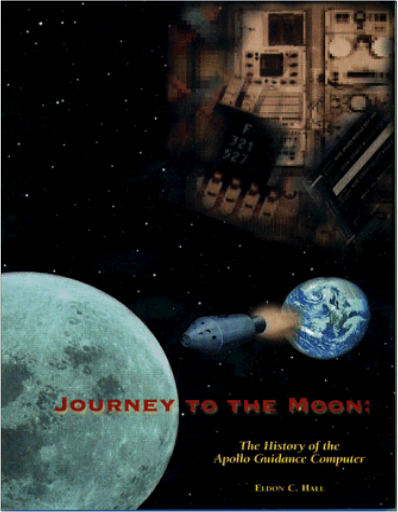
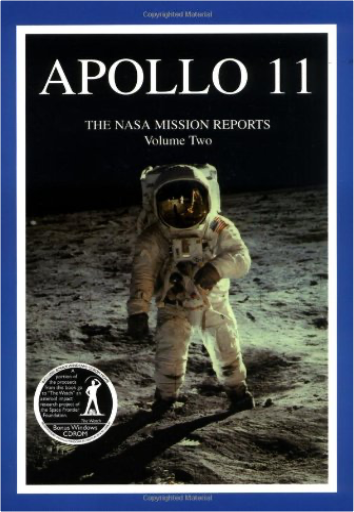
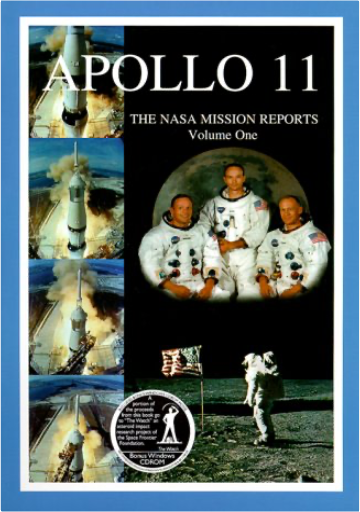
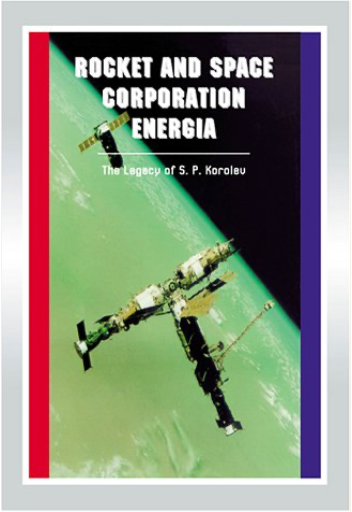



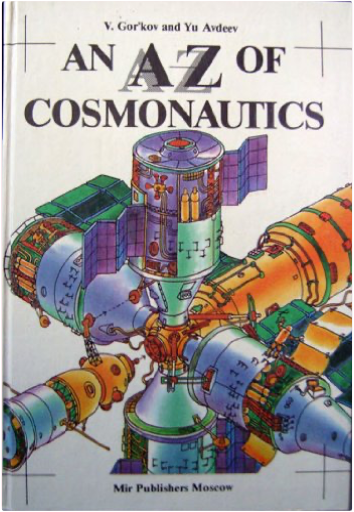
 Made with Delicious Library
Made with Delicious Library